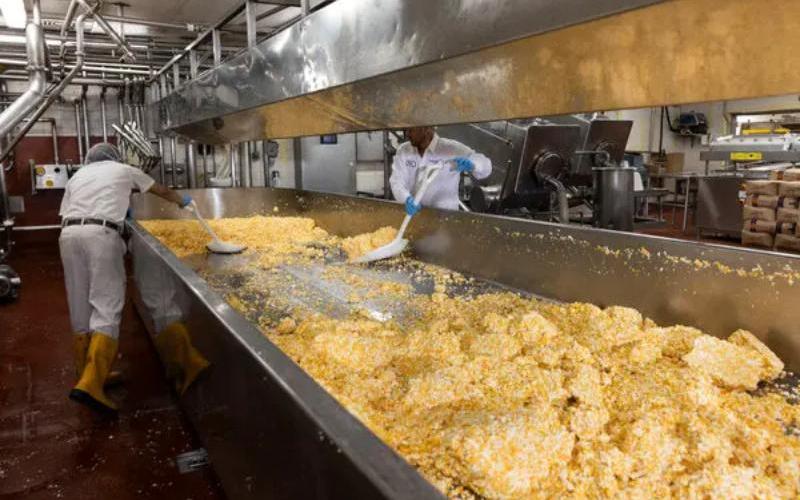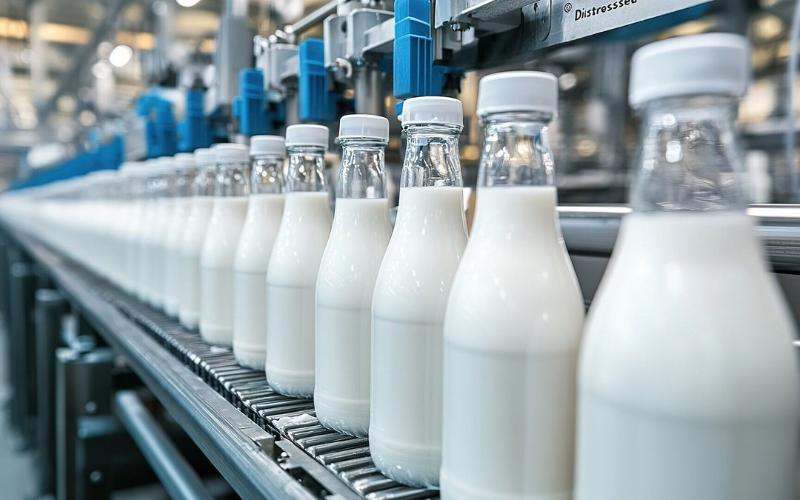Whey Gold Rush: Protein Surge Doubling Dairy’s Revenue

The dairy industry is undergoing a monumental transformation, as whey—once considered a low-value byproduct of cheesemaking spread on fields or fed to hogs—has exploded into a massive global business. A surge in protein demand has driven a spike in whey production, with output jumping dramatically from approximately 8 million pounds of high-protein whey powder in January 2003 to 48 million pounds in May 2025 alone, according to USDA data analyzed by The New York Times. This shift has made whey an increasingly vital part of the milk check for producers and processors alike.
The economic scale of this transition is staggering, with the whey protein business currently valued at anywhere from $5 to $10 billion per year. Experts project that this market will double in size within the next decade, fueled by an expected annual growth rate of 10% or more for the foreseeable future. Ken Heiman, co-owner and master cheesemaker at Nasonville Dairy, confirms this trend, noting that about 23 percent of his plant’s revenue is now generated from whey, a figure he expects to continue its upward trajectory.
This exponential demand is driven by a convergence of major health and lifestyle trends. First, improved technology has enabled the consistent production of high-protein whey. More critically, demand is rising due to an aging population advised by doctors to consume more protein to combat muscle loss, the popularity of trendy diets emphasizing protein, and the explosive adoption of weight-loss drugs like Ozempic. Since these drugs cause significant muscle loss, patients are prescribed higher protein intake and weightlifting regimens, creating an enormous new market for whey products.
For dairy farmers, this shift has become an essential lifeline. While farmers continue to receive low prices for milk due to persistent supply exceeding demand, the value derived from whey is providing crucial support. Whey’s contribution to the farmer’s milk check has essentially doubled, rising from roughly 5-6 percentage points to now contributing 10, 11, or 12 percent of the total check. Though this income boost has not made farmers “rich,” it is the factor that has largely “kept them afloat” amidst challenging market conditions.
Looking ahead, the future of processors like Nasonville Dairy is fundamentally linked to whey specialization. Ken Heiman notes that while their cheese sales to China have slowed, whey protein sales to China remain active, demonstrating the global and indispensable value of the commodity. He is confident that the continued importance of whey—which represents a "bigger and bigger piece of the milk check"—will be the key transition point for the next generation of owners, cementing its role as the future of the dairy industry.












